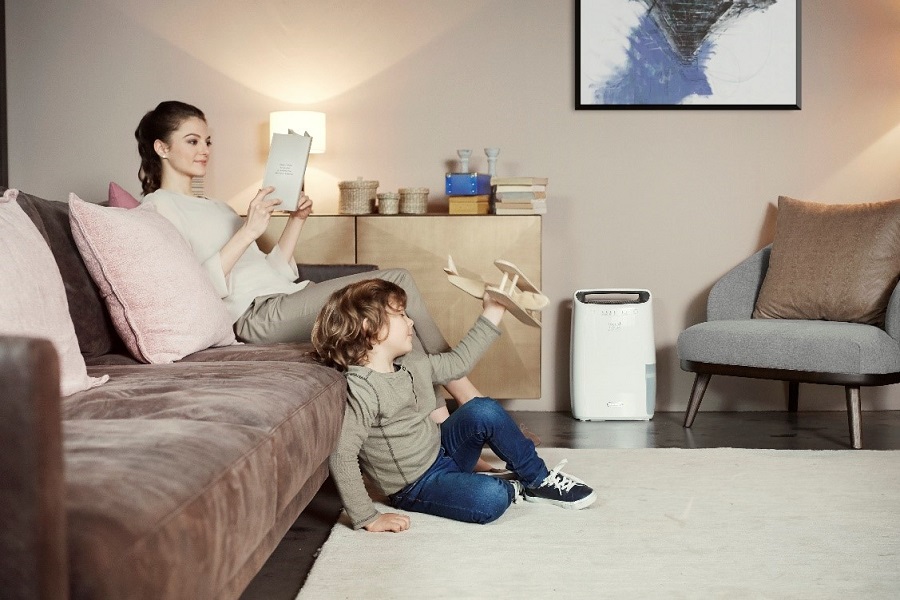The future of humanity in terms of climate issues can be answered in many ways, but the abstract answer that we can all understand is that it is probably not a good future. The most desperate climates will appear as fossil fuels continue to be used overwhelmingly. Precisely, obsolete air conditioning is one of the reasons for the continuous planetary environmental pollution.
If air conditioning systems produce too much electricity, it is because they have not been aware of their impact. The facilities of any building must evolve in this aspect, with excellent natural and mechanical ventilation. But, air conditioning in poor conditions pollutes the environment, making oxygen less and less breathable in closed spaces, and more so in large cities.
Now, desiccant and humidification systems are the mechanisms that have evolved in the field of air conditioning. Not for nothing, its increasing demand is real, because there are people who are realizing the maximum practicality and efficiency that these technologically evolved systems provide. In this sense, it is advisable to implement this type of device, in the home or industry, because they are usually a better solution to air conditioning that is already worn or obsolete, and more so in areas with small or medium dimensions.
People constantly complain about the operation of the fan, pointing out that this device only pushes the heat even more, especially in summer and in places with high heat stress. On the other hand, the dehumidifier and the same humidification are capable of giving a more comfortable and healthier microclimate.
What is it to have an ideal microclimate?
Well, climate perception can vary from person to person, in certain situations. Some love the heat; others prefer colder climates. But, speaking of a general environment, if a balanced internal environment is desired, it will always be best to adopt a concept of humidity and temperature control, with the use of desiccant systems and humidification mechanisms. The question of a balanced microclimate is even more relevant in industrial and commercial areas, such as warehouses and the same production lines.
In a purely residential approach, the aforementioned systems are of the utmost importance, but, in addition, awareness of the use of indoor plants for environmental purification should also be raised, taking care to choose them very well, because some species can be somewhat toxic for small children. and animals.
There are some plants that not only focus on humidification but also environmental drying, absorbing excess moisture that, if not properly controlled, is usually harmful. The Spathiphyllum is good for purifying the air, but also for destroying mold spores; therefore, these plants go in predominantly humid environments.
On the other hand, for the microclimatic balance, that is, for controlled humidity, the white cedar, or Chamaecyparis, is excellent for interiors and exteriors. With an oriental mystical connotation, specifically from Japan, it is believed that this plant may have the souls of gods, which is why this fantastic cedar is considered very valuable. Beyond this belief, it is remarkable to say that this plant provides healing to those who suffer from a certain level of headaches. And their care is few, it is keeping them in semi-shade and with constant watering.
The coffee plant is another with impressive absorption capacity, and in the process, will provide a tropical environment during flowering. Therefore, it is advisable to have a large plant inside the home or workplace. To balance humidity levels, the Sansevieria, or ‘tiger tail’, is an excellent indoor plant, due to its high capacity to produce large amounts of breathable oxygen. In addition, it helps neutralize internal pollutants generated by many activities, such as formaldehyde.
Having this kind of vegetation at home or in the workplace, along with dehumidifiers and humidification, will undoubtedly be of great use to everyone who spends a lot of time indoors. But to repeat, as for indoor plants, you have to be careful that they are not toxic to people.




